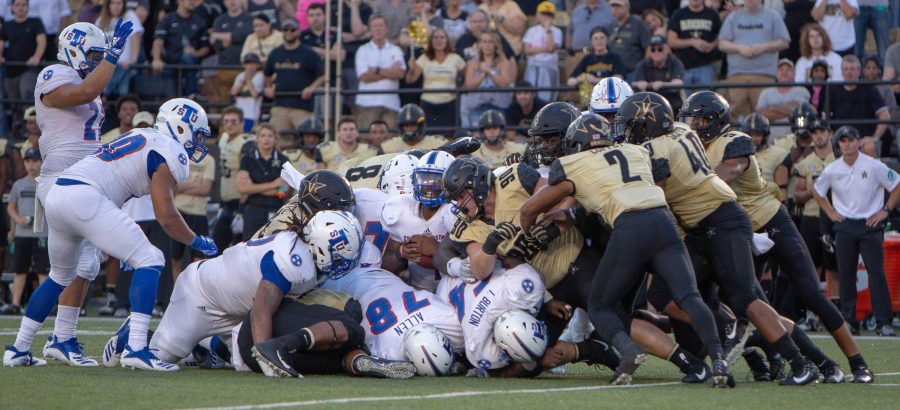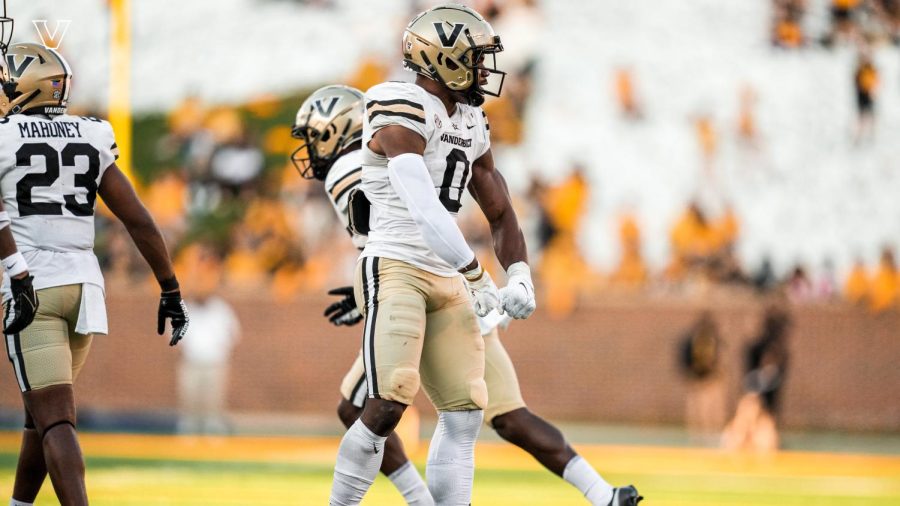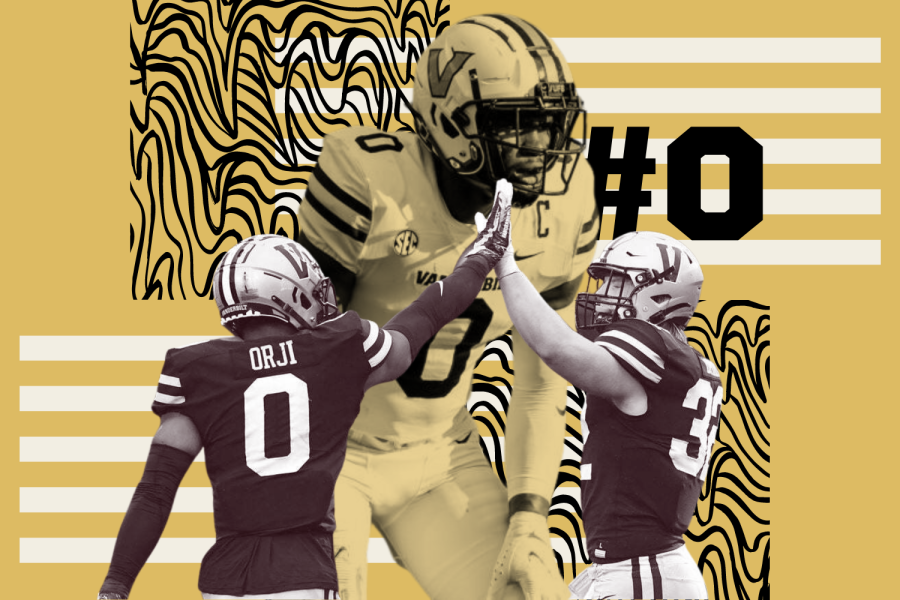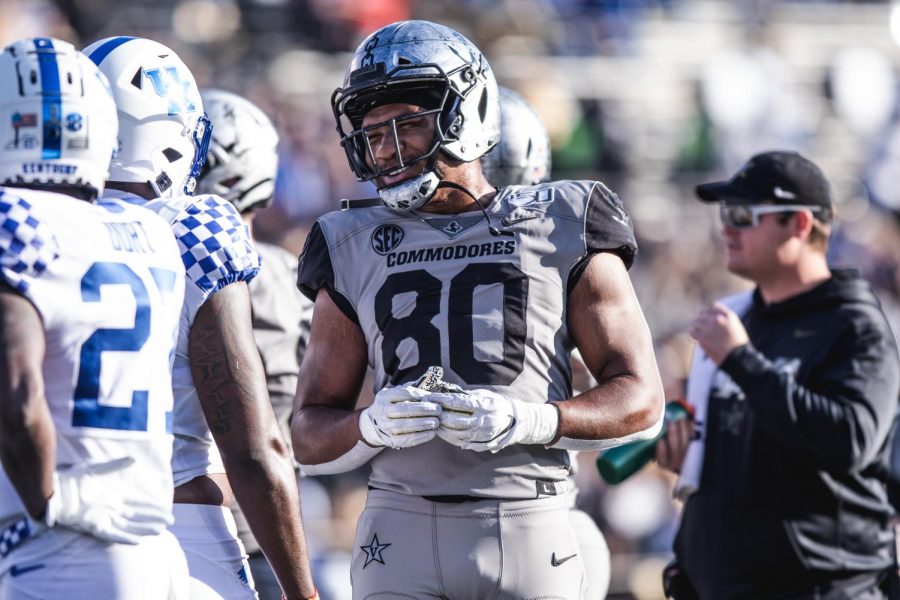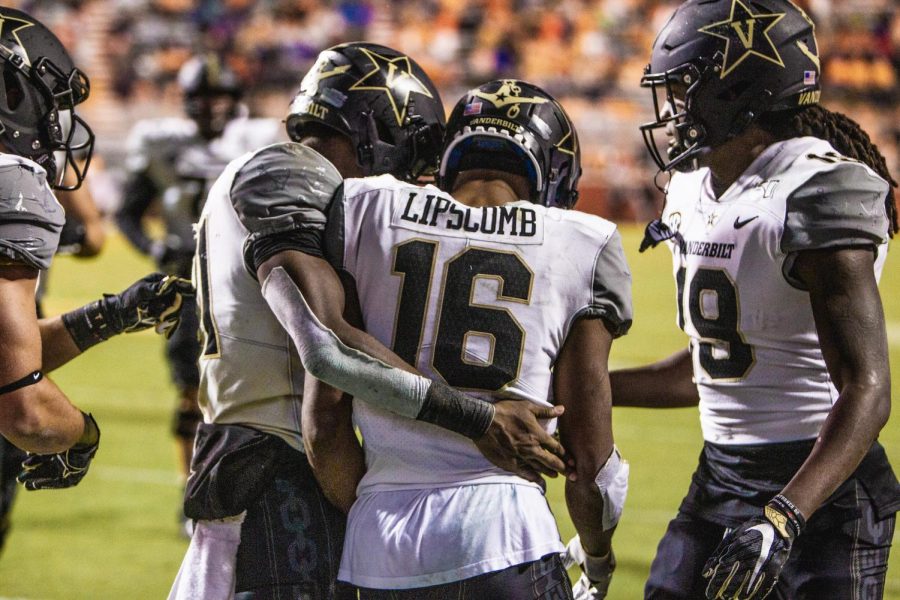This weekend, the Vanderbilt Commodores will head to Athens to take on the second-ranked, undefeated Georgia Bulldogs. The Bulldogs have outscored opponents by a whopping margin of 216 to just 65, scoring over 40 points in all but one game (they still managed 38 last week against the University of Tennessee).
Vanderbilt, on the other hand, seems to be sitting pretty at 3-2. Just maintaining a winning record is an achievement in itself for the Commodores, as the SEC team faces some of the toughest competition in the nation.
Unfortunately, the winning record doesn’t even tell half of the story.
This season has not been a cake walk for the Commodores. After great performances in the first two, arguably three games of the season, many fans wonder if this is even the same football team as before.
The First Three
Vanderbilt’s season kicked off with back-to-back home games against Middle Tennessee State University and the University of Nevada. Neither of the two contests were close.
Prior taking on Notre Dame in Week Three, the Commodores had notched two decisive wins, outscoring opponents 76-17. Sure, they ended up losing to the Fighting Irish, but even that game looked good. Notre Dame was ranked eighth in the nation, yet Vanderbilt managed to take them to the ropes, losing 22-17 on the last drive of the game.
Through those three games, Vanderbilt’s defense was nearly flawless. Opposing offenses averaged just 308 yards per game against the Commodores. That was good for 17th in the nation, with only seven of the current AP Top 25 ahead of them.
On offense, Vanderbilt managed to convert on 42% of their third-down attempts. This may not be perfect, but when coupled with their countless, chunk-yardage gains in those three games, the third downs became less of an issue.
Kyle Shumur seemed to be a big proponent of this surging offense, as he began the season completing 75% of his passes, averaging 251 yards per game, and throwing just 0.3 interceptions per game.
Even after Notre Dame, fans were optimistic. This team seemed to be much improved, and had a serious opportunity to break into a bowl game.
What Happened?
The next two games were far less pretty. Vanderbilt walked away with a win and a loss, but were outscored by their opponents 64-45.
In these two games, their 34% completion rate was nearly 10% lower than the first three games. This time, not only did they lack the big gains on offense to make up for it, but Shurmur struggled—after throwing just one interception through the first three games, he threw three in the next two matchups. His completion percentage dropped over 15%, as the Commodores had trouble getting anything going.
Furthermore, their defense allowed over 50 more yards per game than before, an unacceptable rate given the competition. South Carolina was not (and should not) be taken lightly. If history says anything, it’s that the Gamecocks are a competitive SEC team. This year is the same old South Carolina, but Tennessee State could not be more different.
Tennessee State University is an FCS school in the Ohio Valley Conference. Occasionally, FCS teams will play FBS schools, but the games aren’t usually very competitive.
Vanderbilt was favored by 28.5 points going into this game, and people were leaning heavily on the Commodores side of the point spread (for all the non-bettors, this simply means most people were betting on Vanderbilt to win by 29 or more points). In the end, Vanderbilt won by just three points.
In fact, the Commodores didn’t take their first lead against Tennessee State until the second half. They haven’t shown much first-half success this season, but in their first two games, they had at least taken the lead before halftime.
This drought in production on both sides of the ball can be attributed to a number of things. The only thing this team can be certain about is that they must return to what they did well to start the season in order to finish this season strong.
Consistent Unpredictability
There is one facet of Vanderbilt’s game that has stayed consistent: the run game.
Why has Vanderbilt been so successful on the ground?
The Commodores have yet to part ways with their three-headed, multi-faceted run game; perhaps it’s this unpredictability that has made their run game consistent, as it keeps defenses on their toes.
Ke’Shawn Vaughn has all but solidified the starting role, but the offense continues to rotate between Vaughn, Jamauri Wakefield and Khari Blasingame. Ja’Veon Marlow even got a touch against Tennessee State. The results have been stellar, and continue to improve.
Through five games, Vaughn has tallied 56 carries, with Blasingame and Wakefield totaling 41 and 34, respectively. That’s enough to keep the defensive coordinators guessing, especially with Shurmur under center.
The Commodores have come close to 200 yards in three games, eclipsing the 200 yard mark in their last game against Tennessee State. In fact, the Commodores are averaging almost five yards per attempt and have ran for eight touchdowns; numbers that should open other lanes for Kyle Shurmur and the offense.

